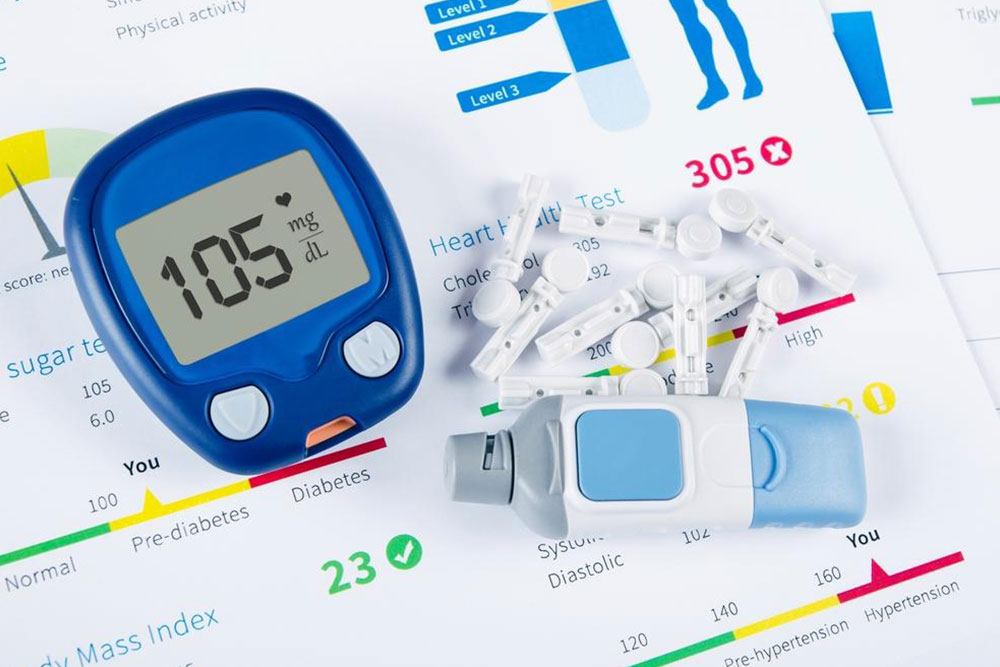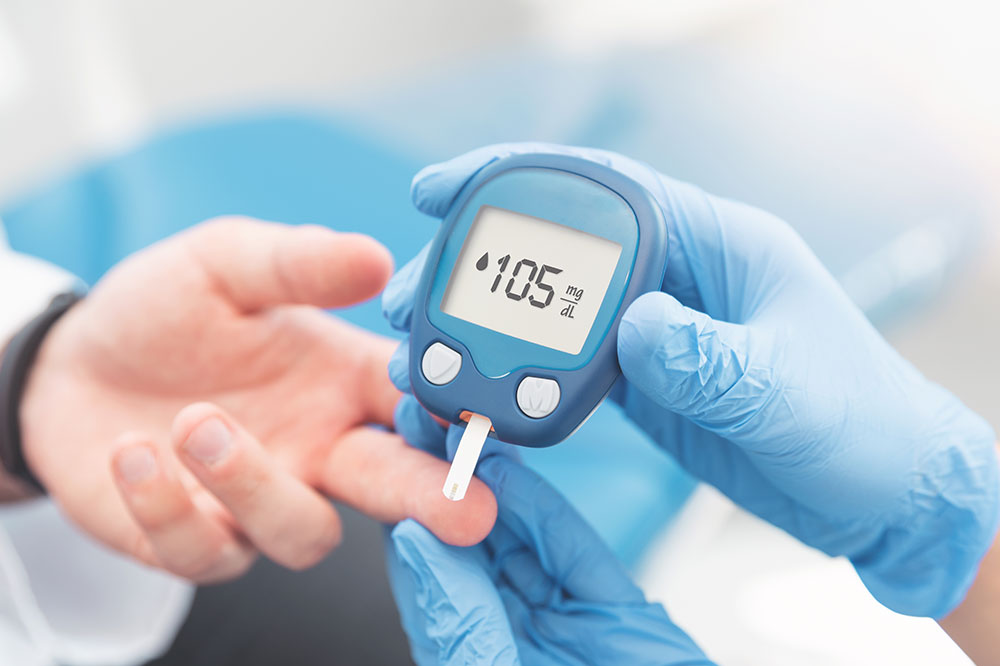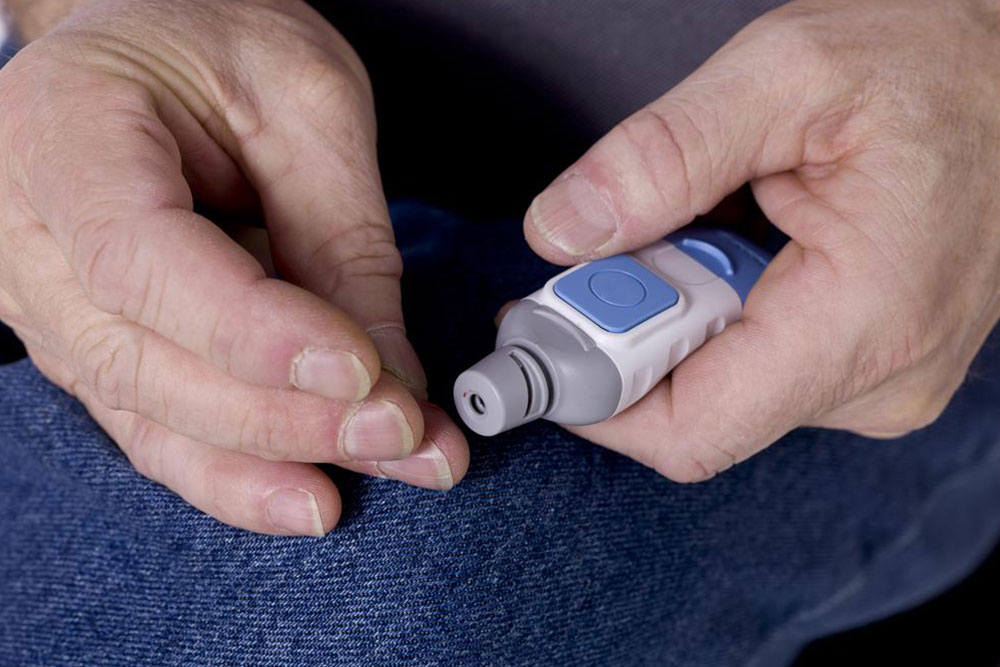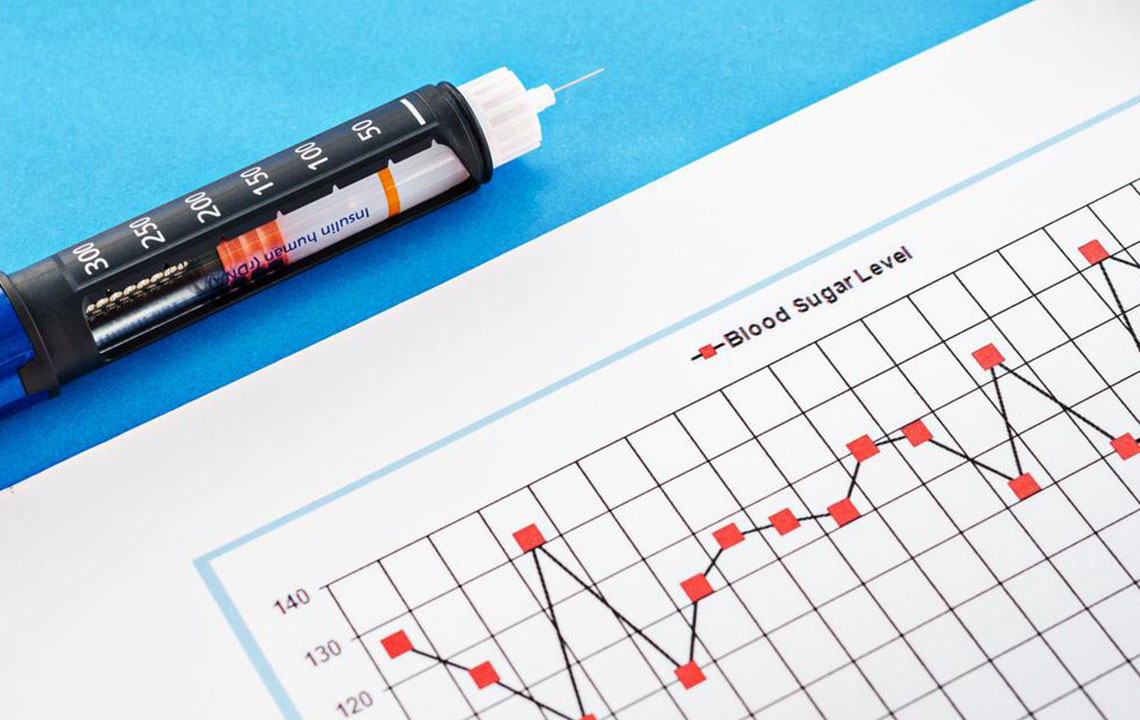Comprehensive Guide to Blood Glucose Testing and Its Critical Role in Managing Diabetes
This comprehensive guide explains the importance of blood glucose testing for managing diabetes. It covers essential devices like glucometers, proper testing techniques, and the significance of maintaining blood sugar within target ranges. Regular monitoring helps prevent severe complications and promotes overall health, making it vital for individuals with diabetes or those at risk to understand and adopt blood glucose testing routines effectively.

Understanding Blood Glucose Monitoring and Its Vital Role in Health Management
Blood glucose, commonly referred to as blood sugar, plays a fundamental role in your body's energy production. It is a form of sugar transported through your bloodstream after consuming carbohydrate-rich foods. The body’s ability to regulate this sugar depends largely on insulin, a hormone produced by the pancreas, which facilitates the uptake of glucose into cells for energy. When insulin production falters or the body's cells become resistant to insulin, it results in elevated blood sugar levels—a condition known as hyperglycemia, which is a hallmark of diabetes.
Diabetes is a chronic condition that affects millions worldwide. If left unmanaged, high blood sugar can lead to a host of severe health complications, including damage to the eyes, kidneys, nerves, and cardiovascular system. Therefore, understanding and monitoring blood glucose levels are essential for individuals with diabetes and those at risk.
Engaging in a healthy lifestyle encompassing a balanced diet, regular physical activity, weight management, and avoiding harmful habits can significantly reduce the risk of developing diabetes or help manage existing conditions effectively. However, consistent blood glucose testing remains a critical component of managing diabetes and preventing complications.
Glucometers: Essential Devices for Blood Sugar Monitoring
At the heart of blood glucose testing are glucometers, small portable devices designed for quick and accurate measurement of sugar levels at home. Modern glucometers are user-friendly and provide reliable results within seconds. They typically come with lancets (small needles), test strips, and sometimes a logbook feature or digital app integration for record-keeping. Proper calibration and storage of test strips are vital to ensure accuracy.
Proper Testing Technique for Reliable Results
To obtain accurate readings, it’s important to follow correct testing procedures. Begin by washing your hands thoroughly with soap and water to prevent contamination, which can skew results. Allow your hands to dry completely before testing. Use a lancet device to prick the side of your fingertip—this area contains fewer nerve endings, reducing discomfort. Squeeze a small drop of blood onto the test strip inserted in the glucometer. Avoid sharing testing supplies with others to prevent the spread of infections.
Interpreting Blood Glucose Readings
Normal fasting blood glucose levels typically range between 70 to 100 mg/dL. When not fasting, blood sugar levels should remain below 125 mg/dL. Post-meal or random blood tests generally should be under 140 mg/dL. Readings consistently above 180 mg/dL suggest hyperglycemia, indicating a need for medical consultation to adjust treatment plans. Maintaining blood glucose within target ranges minimizes the risk of complications and enhances overall health.
Understanding these fundamentals of blood glucose testing empowers individuals to take control of their health and work proactively with healthcare providers to manage and prevent diabetes effectively. Regular monitoring, combined with lifestyle modifications and medical guidance, can significantly improve quality of life and health outcomes.





